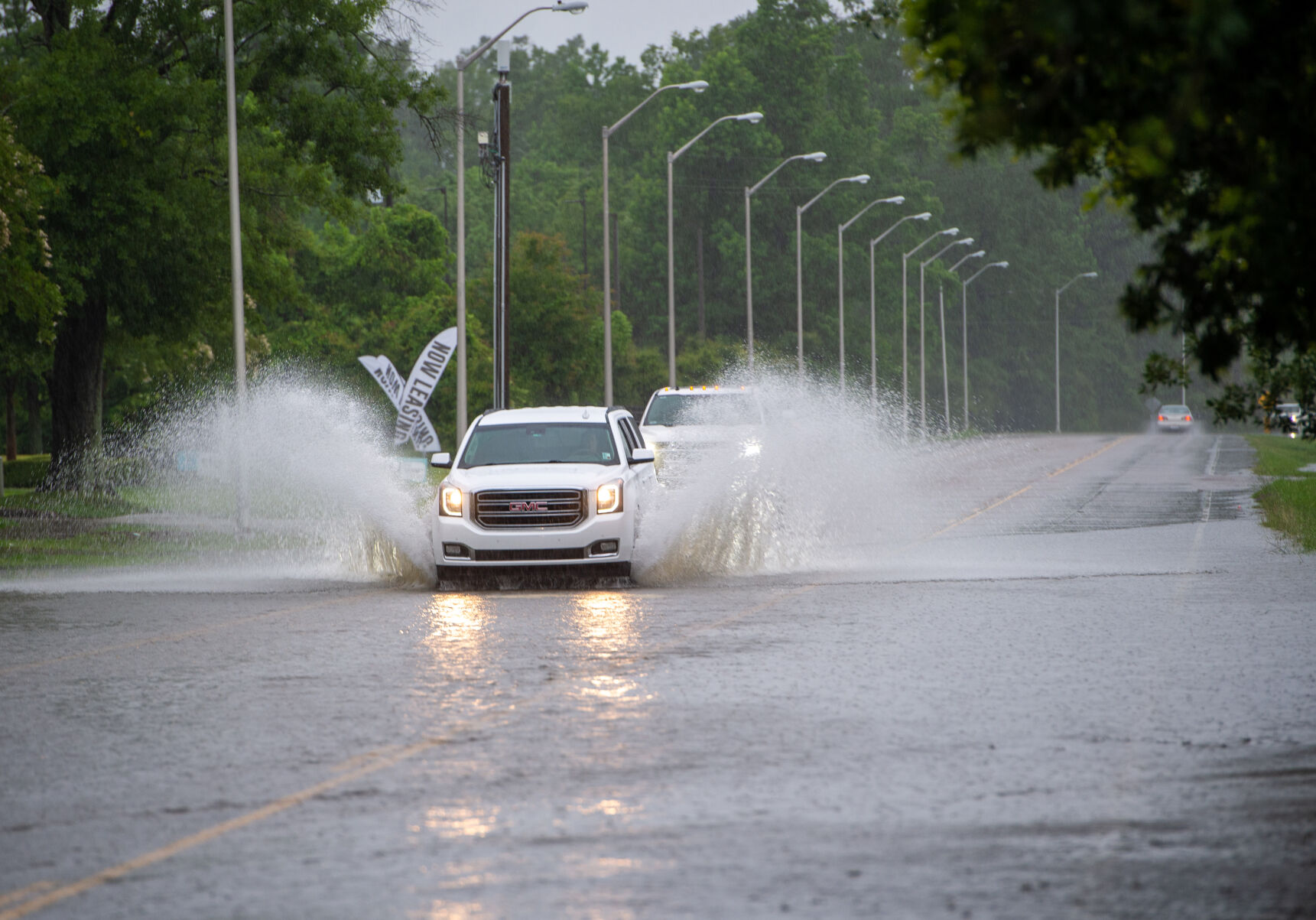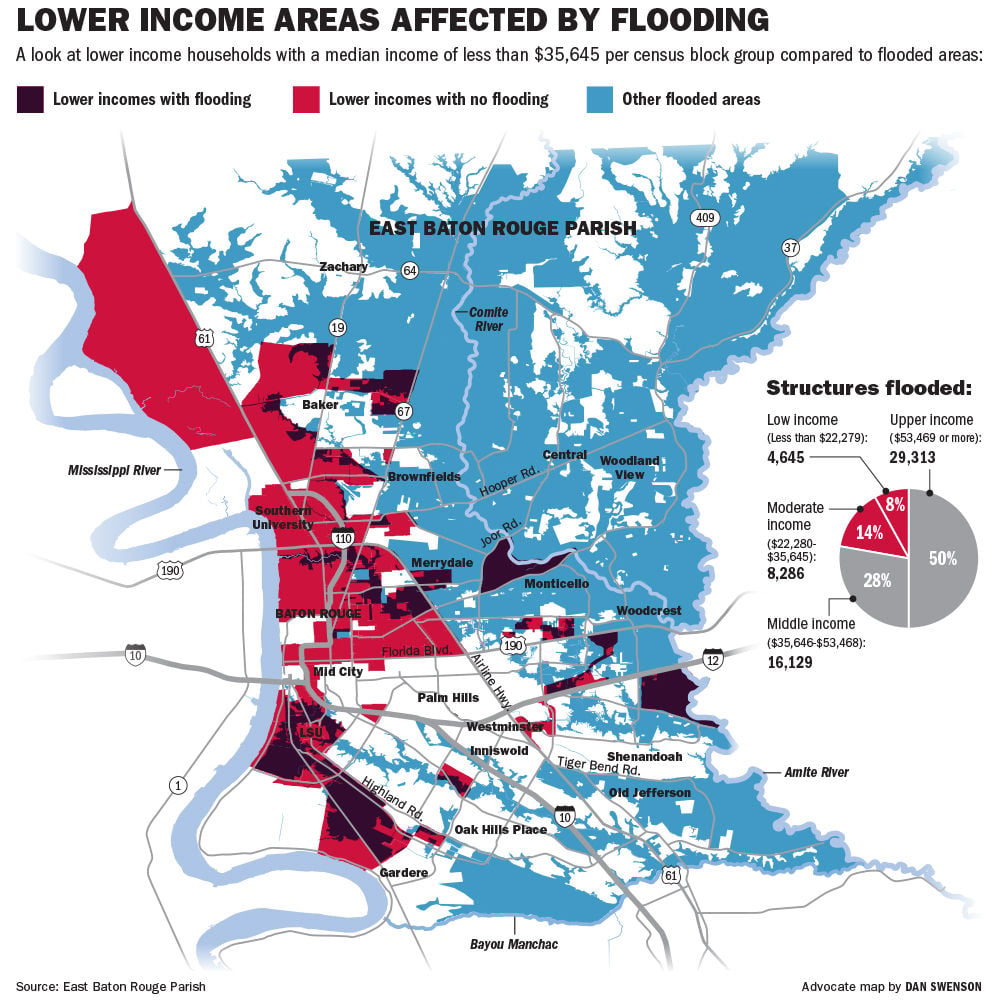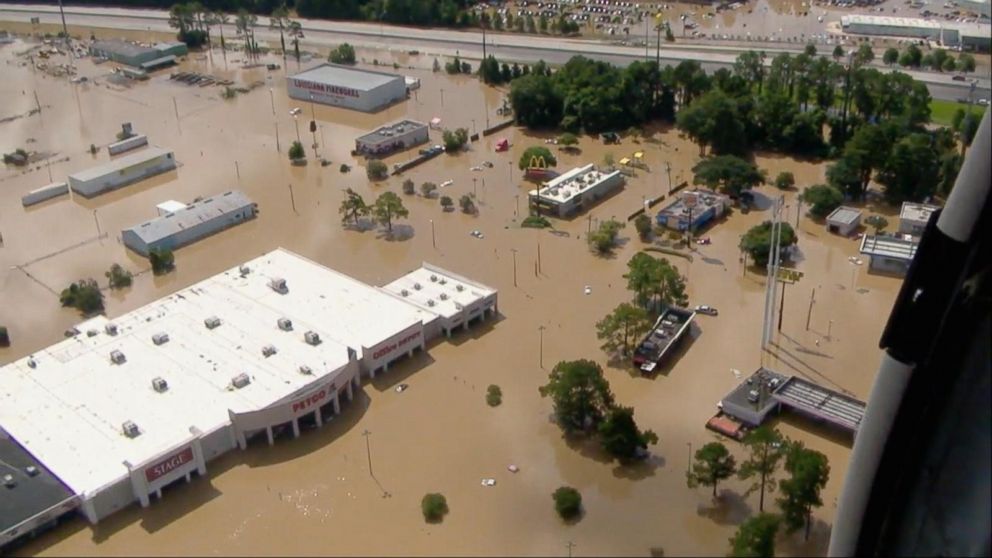

Fishers in the area oppose the proposal because the diversion will bring freshwater into the saltwater and brackish basin, drastically reducing its salinity. Louisiana’s coastal authority is using data from the center and other models to estimate how much land can be created over the next several decades.īut not everyone is happy with this flood plan. “We are helping the state to figure out when to open up the gates to maximize the flow of sediment and land growth,” says Clinton Willson, director of the LSU Center for River Studies. Sensors measure how fast sediment passes along the river, just like the real water gauges floating in the Mississippi. They pump liquid and sandlike particles into molded channels and tributaries to test water flow. These controlled floods could, over 50 years, regrow up to 36 square miles of land in the Barataria basin, according to Haase.īut in a situation where the invasion of water is the problem, how could the solution possibly be more water?Ī stone’s throw from the actual river in Baton Rouge, researchers at the Louisiana State University (LSU) Center for River Studies clamber over a 10,000-square-foot model of the real thing. The state is now proposing a $2-billion plan, called the Mid-Barataria Sediment Diversion project, that would allow the river to flood the Mid-Barataria basin at certain times throughout the year. It took the state more than two months to bring water and electricity back to the community.

“I’ve never seen anything like it in all my life,” says Theresa Dardar, age 65. The storm also destroyed 68 out of 80 homes in Pointe-aux-Chenes, an Indigenous community along the Gulf of Mexico in Louisiana. Hurricane Ida forced most of the remaining members the Biloxi-Chitimacha-Choctaw tribe to abandon their homes on Isle de Jean Charles. Few have felt these effects more than the coastal communities. Stronger storms each year and sustained sea-level rise continue to eat away at its coast. On average, between 19, Louisiana lost about a football field of coastline per hour, and the rate has not slowed.

“I don't think we can be successful without using the tools and the resources in the Mississippi River to help restore our coast.” We know it's going away,” says Bren Haase, executive director of the state’s Coastal Protection and Restoration Authority (CPRA). “I don't mean to be alarmist about it, but anybody who’s spent any time along our coast, whether you’re fishing, hunting or working, you’ve seen the changes to our coast. BATON ROUGE, La.-After Hurricane Ida slammed into the Louisiana coast in August 2021, it took more than 100 lives and cost billions of dollars in damage. To some here, the storm was just one more justification for a desperate measure to preserve the coast by intentionally flooding parts of the state.


 0 kommentar(er)
0 kommentar(er)
